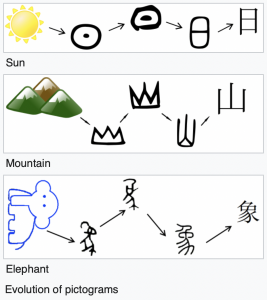
Reflection:
I use emoji’s or meme’s all the time when I’m chatting with friends using my phone. Reading about this task first reminded me of the Christmas song emoji quizzes and some other emoji pictionary quizzes that I would compete with my cousin all the time.
This task was a lot harder than I thought as we were only allowed to use emoji’s, not a combination of both words and emoji’s. I was originally going to create an emoji story about my favourite crime shows. Later, I figured there were too many characters and individual stories and it would be extremely hard. As a result, I switched to this one.
I started with the title and I worked very hard on it as I thought it might give people some hint if it is accurate enough. I had a lot of trouble finding the exact emoji to represent the words referring to a specific character, object, place, or concept. I found myself typing the word using the search function in my emoji keyboard on my phone to look up for the exact icon. I failed 60% of the time and I was getting frustrated.
In consequence, I had to switch to representing the ideas and using the emojis that are related. I also used some emoji’s to show the body language, emotions, and feelings of the characters. When I looked back to my emoji story, I was actually surprised by how little of the feeling emoji’s I used, such as “lol”, “facepalm”, “eye-rilling”, “happy”, “sad”, etc. Those would be the emojis I use 90% of the time when I communicate with friends.
The process reminded me of the language I read, write, and speak. Chinese characters were originally pictograms and ideograms, which means that the words actually come from how people drew an object/idea/concept and it symbolizes that.
For example:
- Pictogram:

- Ideograms: convex 凸, concave 凹
I thought using emoji to share stories is a great way for communication among people using different languages and with varied literacy levels. I might actually do a similar activity for my ELA year end lessons as my students are slowly losing their focus. However, I think there are many limitations as different cultures have their own interpretation of the same emoji. Some would be considered appropriate in one place, and totally offensive in another country, depending on the context. In addition, there are lots of words that I couldn’t find a best fit emoji for. I also use different “emoji” Apps, such as Bitmoji to help me better express my feelings beyond the limitation of text on a screen.